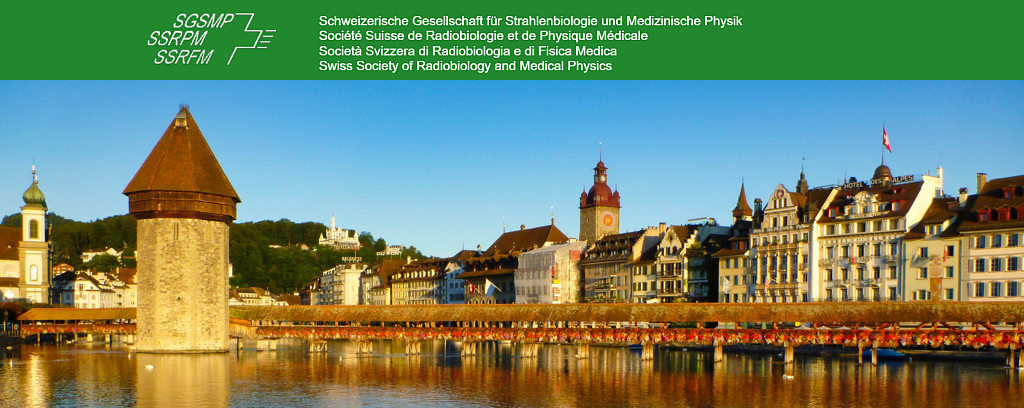Speaker
Description
Purpose: The Radixact Synchrony modality enables to correct in real-time for tumor motion during tomohelical treatments by adjusting jaws and/or MLC position (Schnarr, 2018). The Synchrony precision was already investigated but only with gamma index methodology, which prevents discrimination between dose and geometric errors. Thus, the aim of this study is to quantify the Synchrony targeting accuracy by adapting the Cyberknife End-To-End (E2E) methodology on the Radixact machine.
Methods: All available tracking methods were evaluated: fiducial (FID), fiducial with respiratory motion (FIDResp), and lung with respiratory motion (LResp). Plans were generated with RayStation12A on anthropomorphic phantoms that allow the insertion of two perpendicular radiochromic films centered on a sphere representing the target. The prescription dose of 4.2 Gy was set to the 70% isodose around the target. Calculated dose distributions were strictly identical between plans without and with Synchrony.
The reference targeting accuracy was first determined (Synchrony off, no motion). Then different scenarios were compared to the reference one, from the simplest (Synchrony on, no target motion) to the most complex (Synchrony on, multiple simultaneous target motions in different directions). The targeting accuracy was determined by calculating the difference on each direction between the dose distribution center and the geometric center of the films. The total targeting error (TTE) was determined using the Accuray’s E2E software.
Results: TTE values were <1 mm for the reference scenario for each tracking method (FID: 0.3 mm; FIDResp: 0.5 mm; LResp: 0.8 mm). With the simple activation of the Synchrony and no motion, TTE exceeded 1 mm, with a systematic 0.7 mm longitudinal discrepancy. With more complex scenario including motion during delivery, applying MLC corrections led to TTE >2 mm.
Conclusions: The E2E methodology developed in this study revealed a systematic discrepancy of 0.7 mm in the longitudinal direction when using the Radixact Synchrony modality, leading to large values of TTE inadequate for stereotactic treatments. This error is currently being investigated by the company with a view to proposing a short-term corrective solution.

